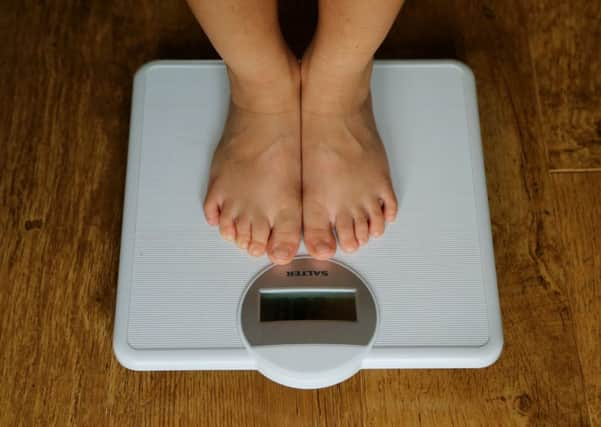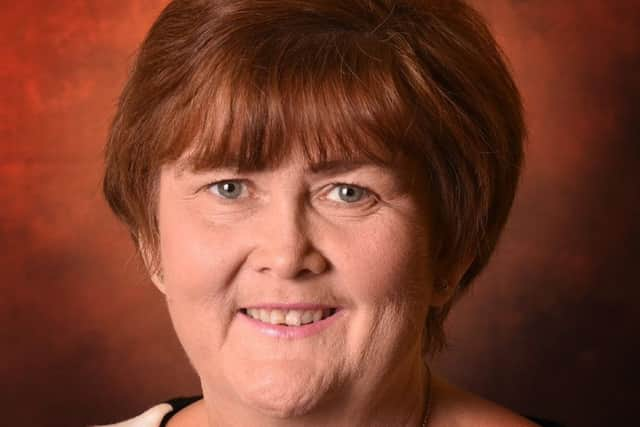South Tyneside has one of highest child obesity rates in England


Public health groups have urged the Government to take further action to prevent youngsters consuming junk food and sugary drinks, as NHS Digital figures show almost one in four Year 6 children in the borough in 2017-18 were classed as obese - and of which 5.4% were severely obese.
Additionally, 14% of Year 6 children were classed as overweight.


Advertisement
Hide AdAdvertisement
Hide AdThat means 39% of South Tyneside’s youngsters are unhealthily overweight when they finish primary school.
Across England, 4.2% of 10 and 11-year-olds are severely obese, a record high.
Coun Tracey Dixon, lead member for independence and wellbeing at South Tyneside Council, said: “We are committed to tackling obesity and promoting healthy lifestyles among our children and young people.
“As part of our Childhood Obesity Strategy, we provide training to staff working with families who may be overweight and work to raise awareness of the national Change4Life programme within local children’s services to further support families to make healthy lifestyle choices.


Advertisement
Hide AdAdvertisement
Hide Ad“This includes making sure families have information about the sugar content in food.”
She added: “Furthermore, every single child in South Tyneside now attends a ‘healthy school’ where health and wellbeing is promoted and children are encouraged to lead a healthy lifestyle.
“We recognise that it is much harder for people to make healthy choices if there is a proliferation of hot food takeaways where they live. By limiting exposure to unhealthy food choices we can take a proactive approach towards promoting healthier living and reducing the number of overweight or obese residents.”
Caroline Cerny, of the Obesity Health Alliance, a coalition of leading health charities, said: “The ever increasing number of children living with obesity is a clear reflection of the unhealthy wider environment that pushes us towards sugary and fatty food and drinks.
Advertisement
Hide AdAdvertisement
Hide Ad“We need to start with reducing the number of junk food adverts children see before a 9pm watershed, restrictions on junk food promotions in supermarkets and the food industry stepping up efforts to reduce sugar and fat from everyday foods.”
Despite school meals getting healthier, the proportion of obese 10 and 11-year-olds in Year 6 has risen from 23% in 2013-14.
The figures are from the National Child Measurement Programme.
Each year officials measure the height and weight of more than one million children, in Reception and Year 6, to assess childhood obesity.
Advertisement
Hide AdAdvertisement
Hide AdThe Government works out obesity using the 1990 British growth reference chart, a large collection of statistics used to determine a child’s body mass index (BMI).
Obesity can lead to heart problems and type 2 diabetes later in life, as well as psychological issues such as low self-esteem and depression.
The data shows that children often develop weight problems while at primary school.
In 2017-18, just 10% of South Tyneside’s children were obese at the reception class stage.
Advertisement
Hide AdAdvertisement
Hide AdPublic health minister Steve Brine said: “Obesity is a problem that has been decades in the making – one that will take significant effort across government, schools, families and wider society to address.
“We cannot expect to see a reversal in trends overnight – but we have been clear that we are willing to do whatever it takes to keep children healthy and well in this country.